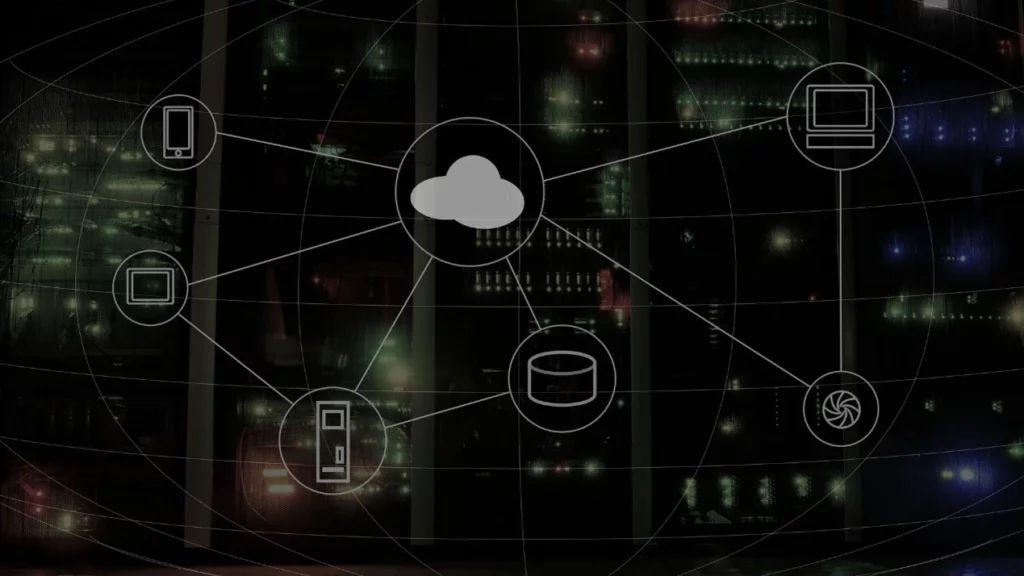Today’s digital world faces a dramatic increase in the data transmitted volume over the network. That increase is a consequence of using the Internet and transmitting data permanently. Whether at work, study, or even on social media sites. Imagine if access to our personal information and data, and even our conversations on the Internet, were available! Given this increased use of the network and increased confidentiality of information shared online, we need a powerful cybersecurity measure. Encryption is one of the most important lines of defense in digital data protection. It is a digital bulwark to protect sensitive data and private information from potential violations and unauthorized access phishing.

What is Encryption?
Encryption is essentially the process of converting data from its original form to an encrypted version, using a specific key or algorithm makes it unreadable to any unauthorized person, as the data can only be decoded and readable using the appropriate key or algorithm.
For clarity, the data may be a simple phrase such as “Welcome to the world!”, In this case, the encrypted text using an algorithm can be what is (# XS @ + * XXTT). We note that the sentence we used is very simple, but the encrypted data seems confusing and incomprehensible. But of course, it is also a logical process, whereby anyone with the corresponding decryption key can decrypt the data and return it to its original form (which may be “world-friendly!”).
Encryption ensures that even if intrusive people can intercept data, they cannot unlock content without the key to decrypting, which is the primary purpose of encryption.
How does encryption work?
encryption uses algorithms that process data according to specific mathematical rules. This process requires three main components: the encryption key, the decryption key, and the crypto algorithm. this algorithm determines how we will convert data into an incomprehensible form. The encryption key converts data into an unreadable format using a specific algorithm. this algorithm ensures that real data is converted into random and incomprehensible form. while the decryption key is used to return data to its real form on the recipient’s side.
What is an encryption algorithm?
is the mathematical formula that transforms the ordinary text into an encrypted text. This algorithm uses a key to change data predictably, so a corresponding algorithm can decipher the encrypted data and return it to its first position. However, this is not done randomly, it is done using a specific key.
Thus, the algorithm ensures that no attackers can expect or predict how to decrypt the data, thereby obtaining such data.
What are the cases in which it is used?
Data are converted into encrypted form in two cases, the first being the state of data storage (state of stillness), and the second during data transmission between two parties (state of transit).
Types of encryption
There are two basic types used in cybersecurity:
1. Symmetric Encryption
This method uses one key to encrypt and decrypt data. But despite the speed and effectiveness of this method, the key must be distributed confidentially to the parties. and it should secured well to prevent unauthorized people from penetrating encrypted data in the event of a leak of the unified key.
Similar encryption algorithms include AES-128, AES-192 and AES-256.
Because this method is simple, uncomplicated, and fast, it is the preferred method when transferring a wide range of data. However, they are less capable of resisting breaches than the “asymmetric” second method.
2. Asymmetric Encryption:
Also known as public key encryption, this type includes two keys: public and private key. The public key is used to convert data to encrypted form, while the special key is used to decode data. Asymmetric type provides improved security, making it suitable for digital signatures and authentication processes.
Since the asymmetric type is more secure, it is the most commonly used when data is transferred online. For example, websites are secured using Secure Socket Layer (SSL) certificates, as is Transport Layer Security (TLS).
Note that the public key is not confidential and can be shared by anyone. However, the data can only be decoded using the corresponding private key, which is fully confidential. For example, anyone can extract the public key from any digital certificate, but they can’t extract the private key.
Encryption Applications
This technology is everywhere today and has also moved beyond traditional environments, such as bank systems, and technology-based manufacturing systems. In addition to web applications. Key aspects of cybersecurity include:
· Safe Data Transfer
protect sensitive users’ data during online exchanges, such as personal information, and financial data.
· Securing data in case of inactivity
Protects data in case of loss of physical devices.
· Digital signature and authentication
This is done to verify the sender’s identity and the integrity of the digital data sent. to prevent fraud.
· Secure Cloud Data
Protects data stored in the cloud, and secures safe access to it by authorized persons only.
· Secure Communication
It can secure online communication and messaging, including emails, calls, and secure chat.
· Secure the use of sensitive applications
securing the use of sensitive applications. Such as those related to financial and banking transactions, and online transfers.
Encryption plays a key role in countering growing digital threats and violations. This makes the intercepted data only readable through a specific permit. So, it will keep the data and privacy confidential. However, intrusive methods are constantly progressing. So, it is important to know that encryption alone can’t face cyber challenges.


